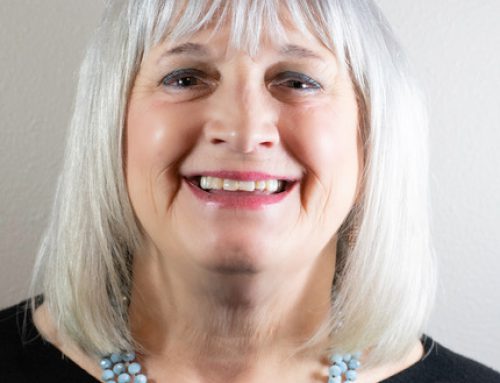Reverse Mortgages
Are they right for you?
Statistics Today
Many older Americans find themselves in a situation where they do not have enough funds to exist after retirement. According to statistics found on the Administration on Aging website for all persons 65 and over reporting income in 2014, 15 percent reported having an income less than $10,000 a year; 45 percent reported having an income of $25,000 or more; and the median income for the older generation was a meager $22,248.
Of the 26.8 million households headed by seniors in 2013, the statistics showed that 81 percent owned their homes, while only 19 percent were renters. About 65 percent of these homeowners owned their homes outright – in other words these seniors are cash poor but house rich.
Introduction to Reverse Mortgages
With health care costs rising and cash flow low for the elderly population, a reverse mortgage is becoming a popular trend for seniors everywhere. The reverse mortgage started out as a pilot program in 1989 and was made a permanent part of the Federal Housing Administration mortgage plans in 1995. The reverse mortgage is a way for people 62 and over to use the equity in their homes without refinancing and having to owe another monthly payment. Unlike other loans, there are no income requirements in order to secure a reverse mortgage, making it an attractive prospect and useful resource for seniors who have limited options.
How the Reverse Mortgage Works
The mortgage allows seniors (62 and over) to obtain a large sum of money based on a formula of the home’s value and the senior’s age and does not have to be paid back until the homeowner sells the home, dies or moves. A lender cannot try to collect the money from any other source but the property (this is called a non-recourse loan); the borrower can never be forced to leave his/her home because of non-payment, and the loan can be paid out in one of several ways – a lump sum, line of credit or in monthly payments.
The homeowner/borrower is still responsible for his/her property taxes and repairs and/or modifications to his/her home, and if these things are not taken care of during the time that the money is borrowed the loan can go into default.
Types of Reverse Mortgages
There are several types of reverse mortgages that differ in costs, how much money can be borrowed, and other terms. These are the FHA insured, lender insured and the uninsured. Currently, the most popular option is the FHA insured loan called The Home Equity Conversion Loan (HECM). The HECM is backed by the government to be paid to the borrower even if the loan company who issued the loan closes its doors. In 2000, there was a cap placed on the amount of money that could be charged for a loan origination fee of either two percent of the homes value or two percent of the county’s equity limit, whichever is less. If this is less than $2,000, a lender may charge up to $2,000.
Each type of reverse mortgage has its own unique advantages and disadvantages so it is important to find out the most about each before making a decision which reverse mortgage fits best with your needs. The best way to do this is to go to a HUD certified Housing Counselor who can look at all the circumstances surrounding your individual needs and help you to decide which reverse mortgage will work best for your situation. Local agencies can be accessed by calling (800) 569-4287 to find the location nearest you.
The housing counselor may determine that your financial need may be better taken care of through other avenues such as public and federal programs and will work with you in filling out the correct paperwork getting you to the appropriate agencies. For an HECM loan, it is a requirement that you meet with these counselors.
Scams
Be aware of reverse mortgage scams, especially telemarketing schemes. Telemarketers or other solicitors may come to you and ask for a small fee for putting you in touch with loan companies and housing agencies that perform services related to the reverse mortgages. Do not fall for these schemes – THESE SERVICES ARE FREE!
The Better Business Bureau also cautions consumers about telemarketing operations that state they are providing services for free, when in reality they are planning on pocketing thousands of dollars of the loan. These scam artists specify at closing that they are to receive eight percent to ten percent of the loan for referring loan applications and personal financial profiles to the mortgage lenders and life insurance agents. The Better Business Bureau urges consumers to check out the companies who are approaching them to make sure they are legitimate.
Are There Any Drawbacks?
The drawbacks to reverse mortgages include:
- They are expensive- the cost includes loan origination fees and closing costs additional charges are added during the term of the loan.
- They may reduce eligibility for food stamps, supplemental social security and Medicaid.
- They are considered to be rising debt, falling equity.
- They diminish the estate that you may leave your heirs.
These Loans May Not Be Beneficial If:
- You are not planning to stay in your home.
- There is a possibility of long-term care placement in the future.
- You are planning on leaving your home to heirs.
With careful consideration, a reverse mortgage may be very beneficial to many struggling seniors. Appropriate counseling and planning can make the process much easier and can enable a better quality of life to many who otherwise may not have other options.

For more Senior Population statistics visit:
The Administration For Community Living


